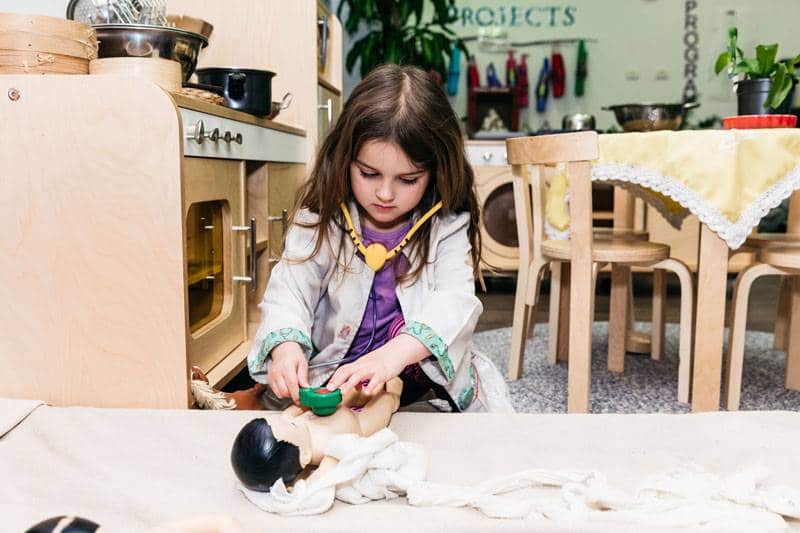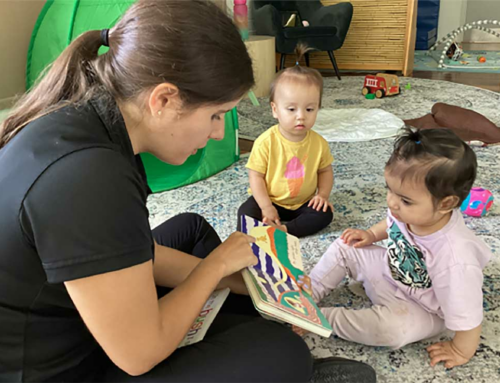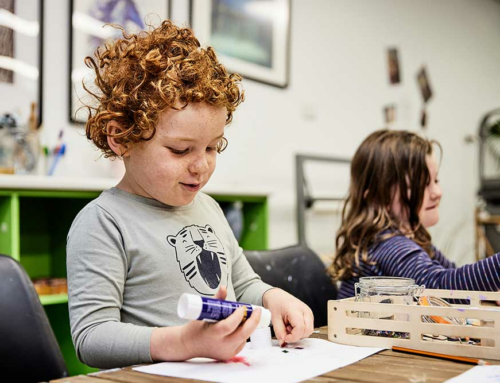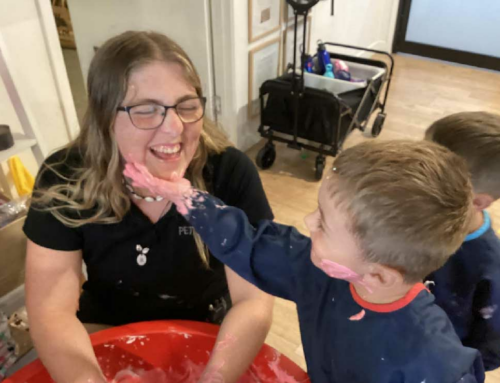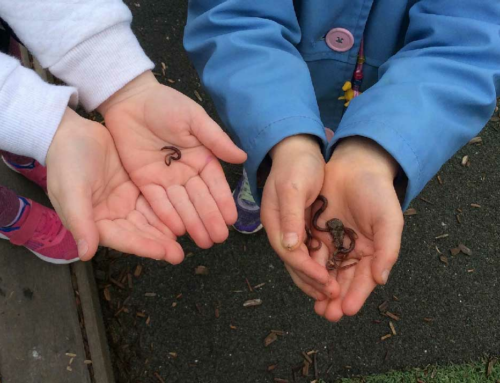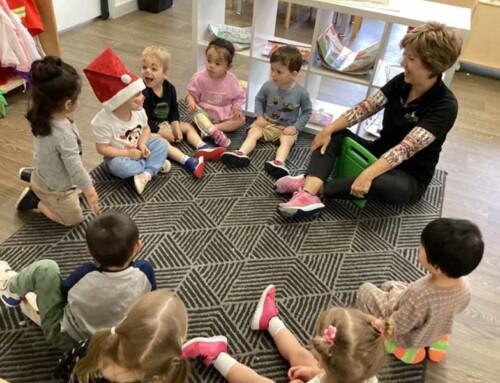When your child has a fever or is in pain, you may think administering pain relief for children is a good idea. Though paracetamol and ibuprofen appear benign, the wrong dose or frequency can harm your child.
A better course of action is to investigate your child’s discomfort first and try more natural methods. Before administering pain medication to your children, learn more about the medicine and what it treats.
People administer pain medication for all types of ailments, including colds, headaches, flu, and teething, even though medical advice cautions against giving pain medication to treat a fever when a child is fine. The rise in body temperature is a natural response for fighting infections.
Recently, news websites like The Herald Sun and The Guardian have featured stories on young children overdosing on pain medication in Australia. Do you know how much paracetamol you can give to your child and how often? What about ibuprofen?
In this article, we’ll cover:
- When to use pain management for children.
- Is paracetamol better than children’s ibuprofen?
- What to do if your child overdoses on children’s paracetamol.
- How Petit ELJ administers pain medication at our childcare centres.
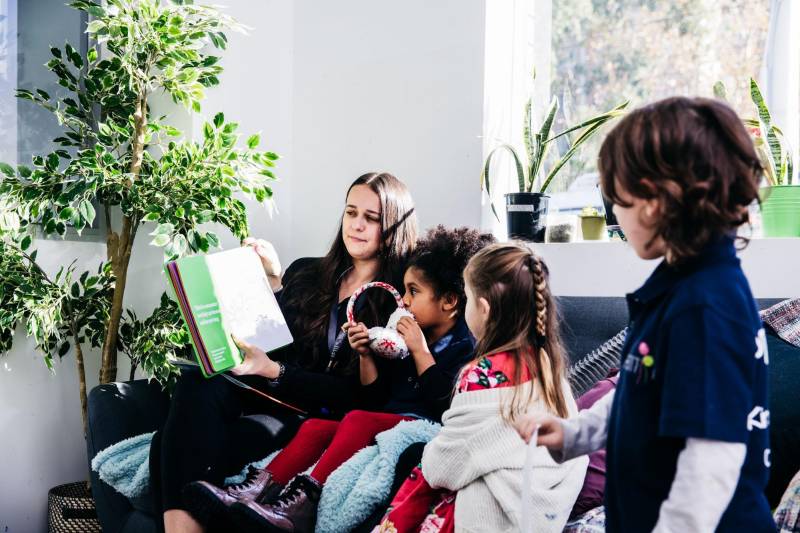
When to use pain management for children
It’s preferable to try natural remedies and non-medical pain management for children first. You can:
- Comfort your child with hugs and cuddles.
- Give them plenty of fluids like water.
- Help them meditate and use breathing techniques.
- Play music to help them relax.
- Distract your child with a book or puzzle.
- Apply a cold compress for a fever.
Paracetamol and ibuprofen are analgesic medicines. They contain active ingredients to mask pain but not treat the cause. If you know your child’s type or cause of pain it is often easier, but not always better, to choose over-the-counter medicine for pain management.
Older children usually tell you where they feel pain and how much. For early learners, like babies and toddlers, you might have to do some detective work first. Understanding your baby’s cries can help you determine the cause of their discomfort.
You should also watch for visual cues of your child’s pain like facial expressions, changes in sleeping habits, loss of appetite and changes in mood or behaviour.
When your child has a fever, you may want to reach for medication to bring it down. However, a fever’s purpose is to help a child’s immune system fight off infection. Unless your child is displaying discomfort, it’s better to allow the fever to do its job.
Seek medical advice at your nearest emergency department if your child with a fever is:
- Under 3 months old.
- Under 12 months and showing discomfort
- Over 6 months and showing discomfort with other signs of illness, like vomiting.
- Has a temperature that exceeds 40 degrees celsius.
You might ask a medical professional for advice if:
- You’re not sure what to give your child for pain management.
- Your child’s illness is severe or prolonged (3 days or more).
The Royal Children’s Hospital Melbourne advises against giving pain medication to babies under one month. As aspirin is linked with Reye’s syndrome, it is not recommended to give it to children unless approved by your doctor.
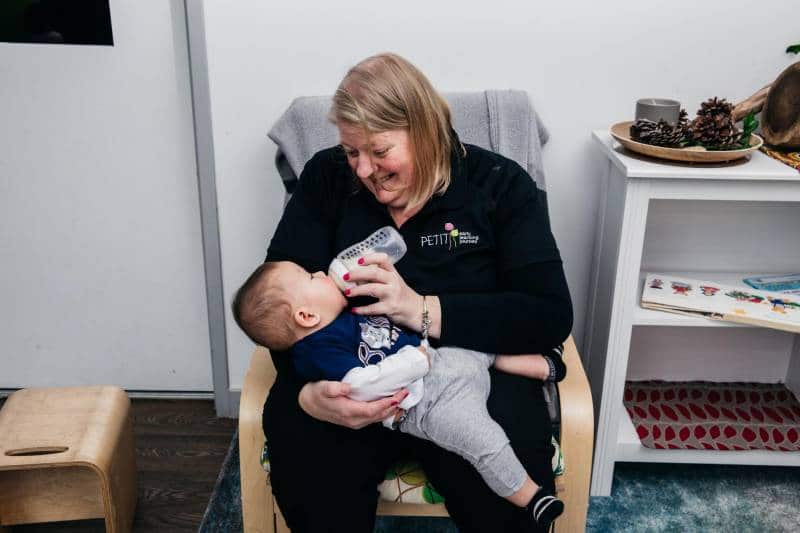
Is children’s ibuprofen better than paracetamol?
Children’s ibuprofen and paracetamol have different active ingredients, but both use the same compounds as their adult counterparts. The difference between children’s and adult medicine lies with the dose and form that comes in, such as liquid or tablet.
Children find the liquid form easier to swallow. Studies also show liquid medicine is absorbed more quickly and thoroughly.
Children’s paracetamol relieves pain and reduces fever, although the exact way it works is still debated. While it is fast-acting, it only provides temporary relief for mild to moderate pain.
Too much paracetamol over a prolonged period can harm a child. That’s why if pain or fever persists, you should seek medical advice.
Health Direct advises ibuprofen reduces fever and pain caused by inflammation. It might also help with headaches, sinus pain and toothaches.
Because both paracetamol and ibuprofen have different active ingredients, you can administer both medications either alternatively or at the same time. How you use pain management for children depends on the severity and type of your child’s pain.
When you’re unsure of what to use or what dose to administer always reach out to a medical professional for guidance. Never give different types of pain medication in the hopes that one will do the job.
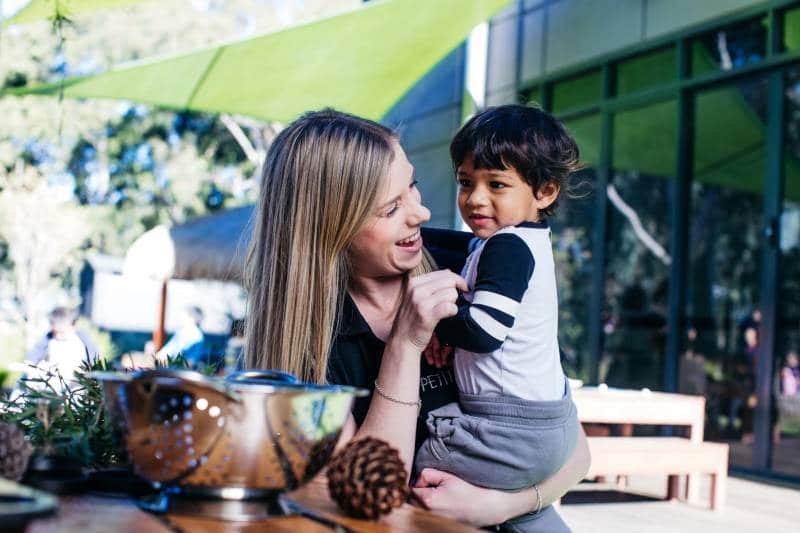
What to do if your child overdoses on children’s paracetamol.
Too much paracetamol over a prolonged period is linked with kidney damage in both children and adults.
The difficulty with liquid medicine often lies in giving your child the correct dose.
Labels contain both age and weight indicators. When you measure a dose for your child, you should refer to their weight and size rather than their age. Always abide by the recommended times and dosages in a day, unless directed otherwise by your doctor.
Often children gain access to medicine when it is left out or easy to find. Don’t think out-of-sight-out-of-mind works either. All it takes for a curious child to reach an unlocked cabinet is the push of a stool. And young children love to climb.
Avoid accidental overdoses by locking up your medications, even those in the fridge.
Better Health lists the signs of a paracetamol overdose as:
- Drowsiness.
- Coma.
- Seizures.
- Abdominal pain.
- Nausea.
- Vomiting.
It’s possible to overdose on children’s ibuprofen without showing symptoms. Too much or prolonged use of ibuprofen can damage the liver. Stomach pain or internal bleeding in the digestive tract can start a few hours after an overdose.
If you’re worried your child has taken too much pain medication:
- Call the Poisons Information Centre on 13 11 26 (in Australia), or
- Take them to your nearest hospital emergency department, or
- Call triple zero for an ambulance for life threatening conditions.

How Petit Early Learning Journey administers pain medication
At Petit Early Learning Journey, we have strong values that take your child’s health and the use of pain relief for children seriously.
Petit ELJ does not encourage the administering of medication. Giving medication to your child while in our care is at the sole discretion of the Centre Director. All accepted medication must be correctly labelled for your child by a qualified chemist. The label should show:
- Your child’s name.
- Dosage to be given.
- Frequency of dosage.
If your Centre Director agrees to administer the medicine, you will be asked to complete and sign a medication form. As well, you will be asked to agree to and follow all procedures and policies relating to the administering of medicine at your local centre.
Petit ELJ stores all medicine in a locked medicine container that is only accessible by the Centre Director or studio Educator.
If your child is unwell and unable to participate in centre activities, our procedure is to call you so you can collect them. Your child will be much happier receiving your care and attention at home.
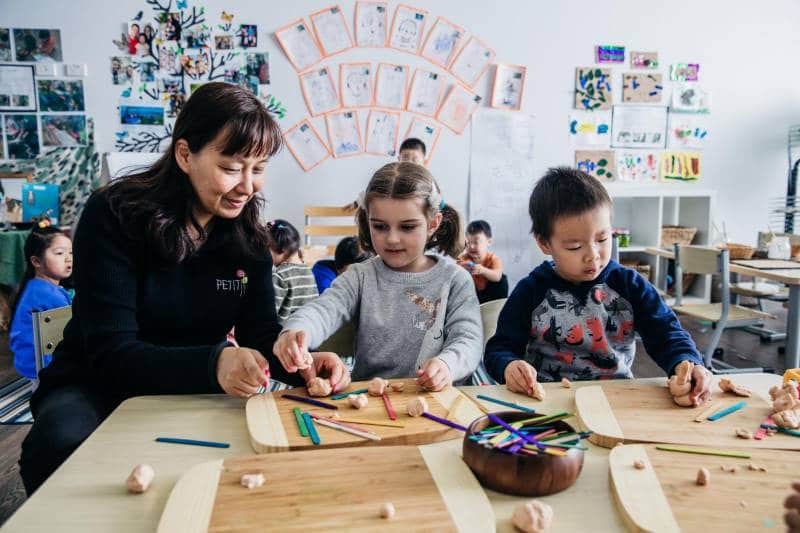
Awaken your child’s love for learning with Petit Early Learning Journey
You can learn more about Petit ELJ’s position on health and well-being by reading our Family Handbook. You can also discuss your child’s individual circumstances with your local Centre Director.
To discover more about Petit ELJ’s early learning program, including our focus on physical literacy, come and meet the team at your local centre. You’ll be amazed by our colourful, spacious facilities with both indoor and outdoor play-based learning activities.
Are you ready for your child to fall in love with learning for life?
